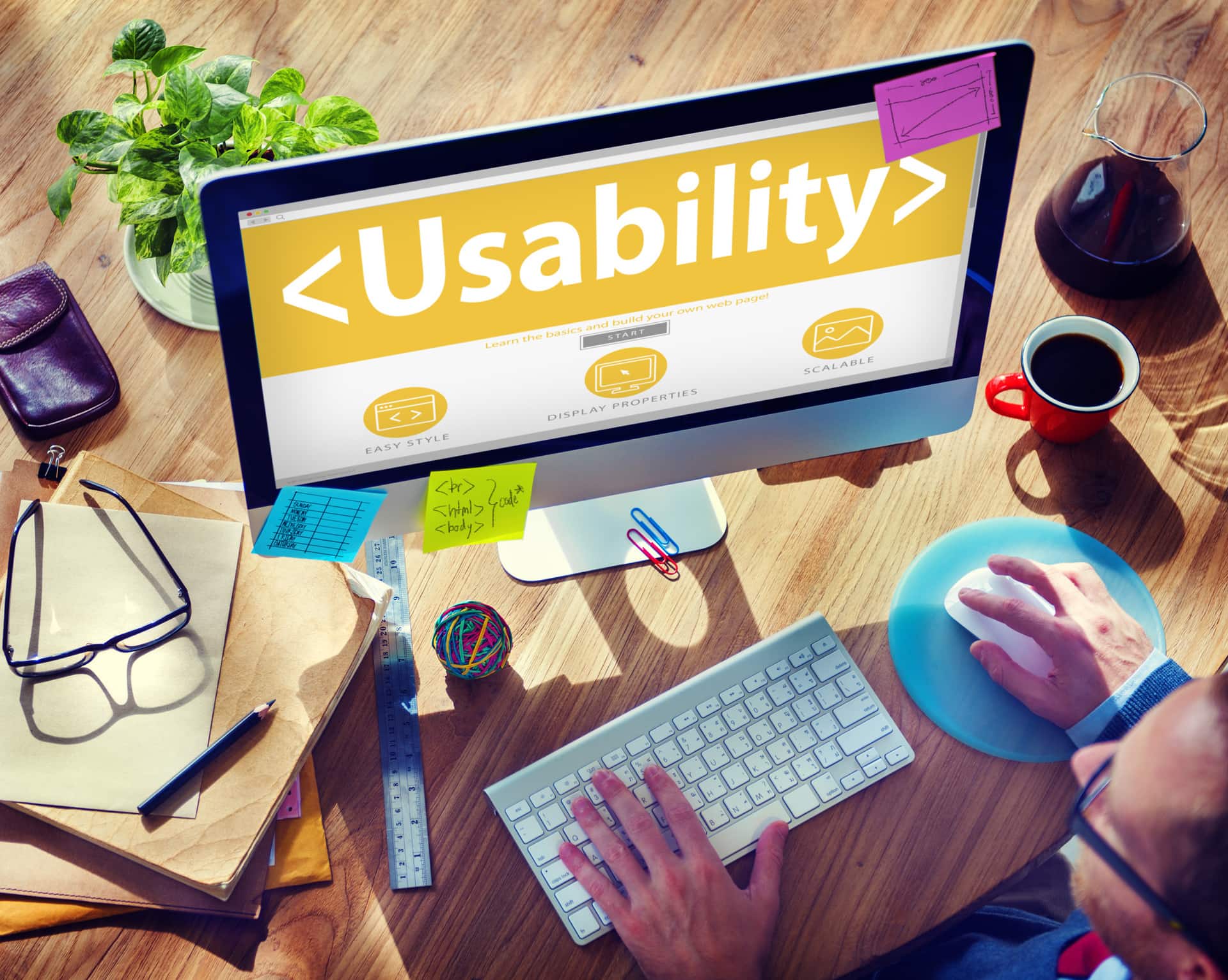As you may already know, the new WordPress 5.0 update added a brand-new post and page editor called Gutenberg. This editor introduces a new tool called blocks which will change the way you compose and edit post/pages in WordPress. This is going to affect millions of websites, and we want you to stay informed on how the changes could affect you. An extra note for any All My Web Needs subscribers, there is no need to worry. We have already upgraded your software and you don’t need to make any changes to your website. Our web design firm has you covered and if you are wondering how, check out our managed WordPress hosting and maintenance plan.
The Gutenberg Editor and Blocks
Although change can be scary, the Gutenberg editor actually makes life simpler when composing a blog post or creating a new page for a website. The editor will be introducing a new feature called blocks. These blocks will allow you to add multiple types of media and content without having to add in any additional plugins or shortcodes. The blocks will be moveable and rearrangeable to allow for more flexibility when composing content. WordPress will now come standard with dozens of block elements that will be useful for building your websites. These blocks will allow you to format text, add media, widgets, and so much more.
Here are a few examples of the standard blocks that you will see with the new Gutenberg Editor:
- Quote- This will give a quoted text visual emphasis.
- Table- You can insert a table which is perfect for sharing data or charts.
- Audio or Video- Both blocks with embed either an audio player or a video from your media gallery.
- And these are just a few of the blocks that the new update has brought along with it.
The Checklist to Use Before Updating
Before you update to WordPress 5.0, if you haven’t already, make sure you have this checklist in place:
- Perform a full backup of your site before updating to WordPress 5.0. This will be the most important step before performing the update. You will need a complete backup of all your information (files, media library, themes, etc.) in case you experience issues and need to revert to the original.
- Ensure that your current theme will operate under WordPress 5.0.
- If you have any plugin shortcodes, be sure they will still function under the new update.
- If this is a possibility, test out WordPress 5.0 in a staging environment. This will help you determine if you want to use the Gutenberg blocks on the entire site, for new posts/pages, or want to stick with the classic editor.
- Notify anyone that creates or edits pages on your website about the new update and all changes with blocks.
How the Update Affects Existing Posts/Pages
You may be wondering how updating to WordPress 5.0 will affect all the existing pages/posts you have on your website. Once you have updated, the new editor will transfer all existing content to a ”Classic Block”. Any content prior to the update should still display correctly. You will just want to ensure all content generated by plugins that use a shortcode are still displaying properly.
How to Convert Any Existing Content to Blocks
This process can be done in three easy steps:
- Go to the Classic Block menu and click the three dots, then select More Options
- Choose Convert to Blocks. WordPress will read all of the HTML and place every bit of content into its corresponding block.
- Double check to make sure that everything converted properly. To speed up this part of the process, click the Block Navigation button from icons. This will allow you to see every block that your content was converted to and can jump from block to block.
This is a super simple and easy process, but the only downfall is that there is no option to bulk convert preexisting content. You must do each post and page individually.
Install the Classic Editor Plugin
So, you are ready to proceed with the WordPress 5.0 update, but you aren’t ready to use the new Gutenberg editor. You can install the Classic Editor Plugin before updating and that will keep all existing content in a classic block. This will also allow for any new content to remain in the classic editor.
Our web design firm has taken the time to do the research and play around with the Gutenberg Editor and want everyone out there to operate it without a hitch. Like we said, if you are an All My Web Needs subscriber you have nothing to worry about because everything is taken care of for you. We hope that these tips will help make your transition to WordPress 5.0 more efficient and an easier one.










